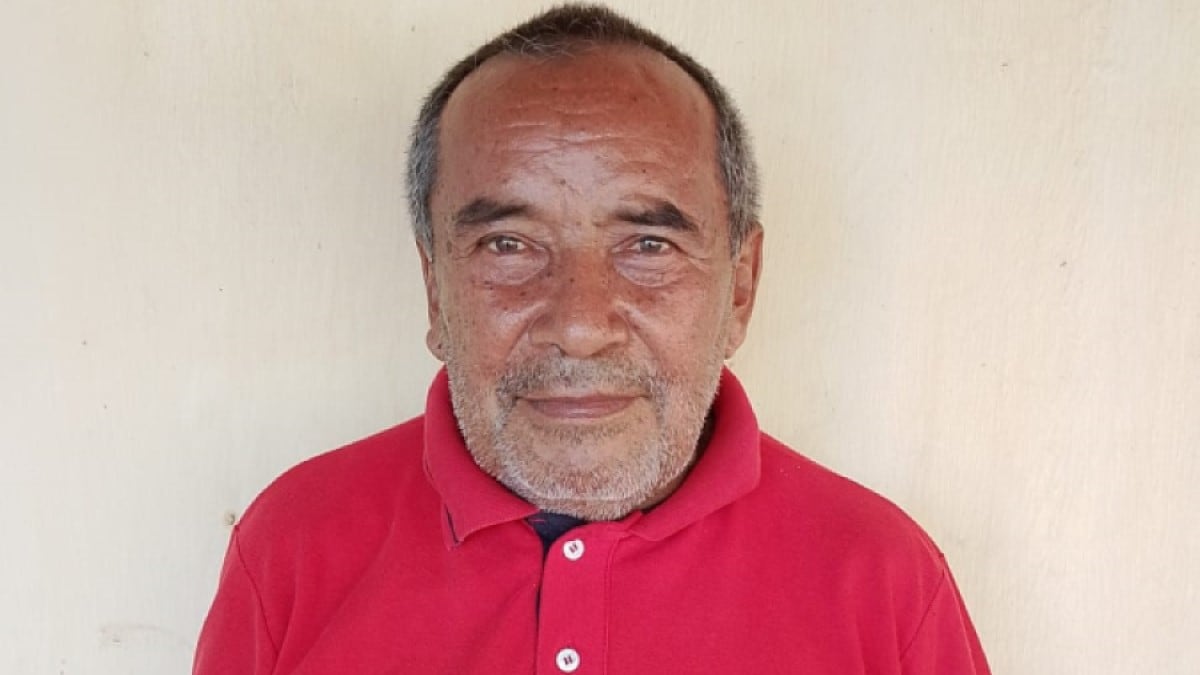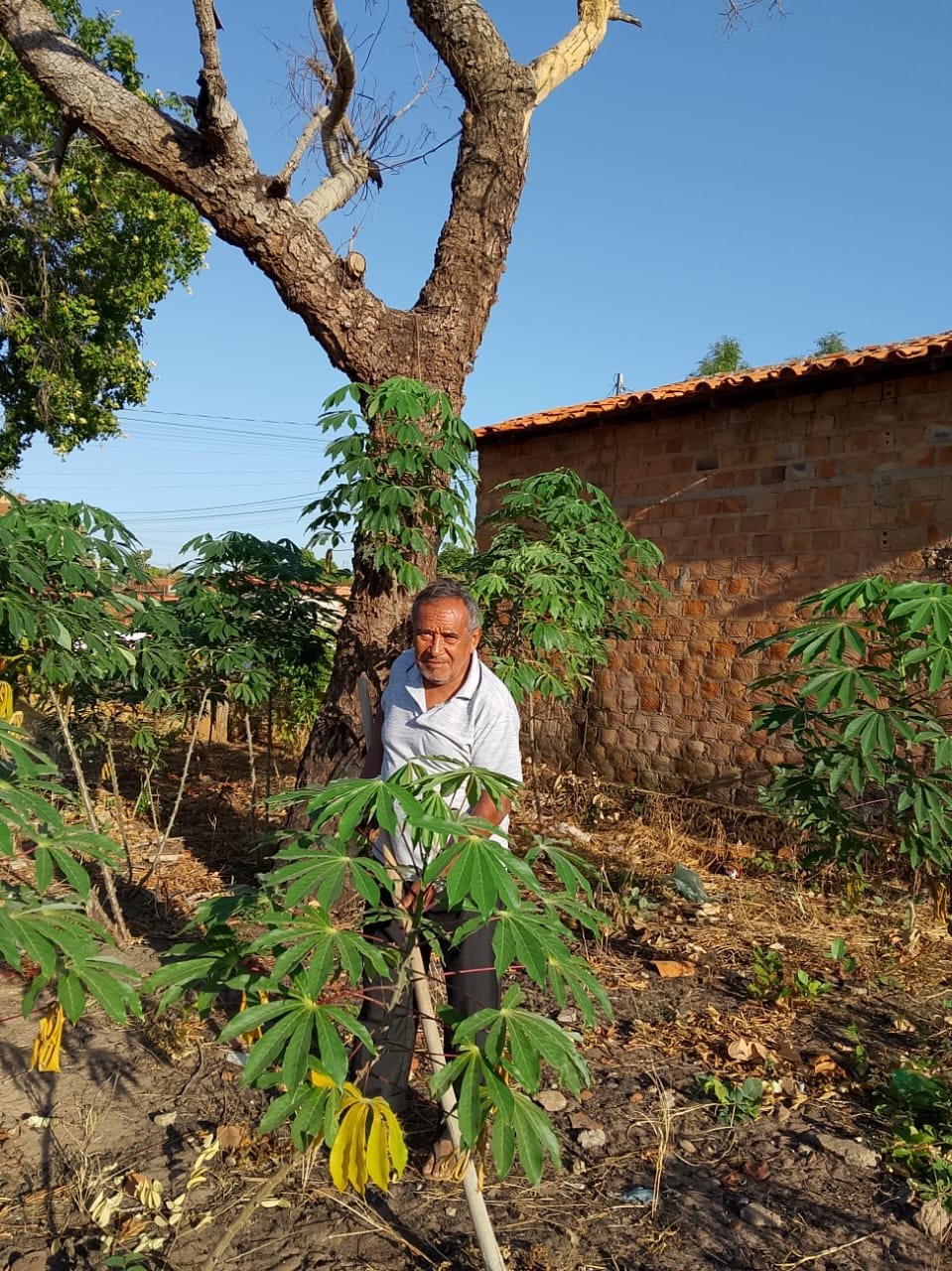At a glance
Gustavo, a farmer in Brazil, has spent the last three decades seeking treatment for chromoblastomycosis. Despite traveling to different states for health care and trying several medications, he remains uncured. The infection severely impacts his ability to work.

A hardworking farmer
Gustavo's daily life has changed during his three-decade battle with chromoblastomycosis. Gustavo worked on his farm in northern Brazil in Grajaú, Maranhão. His daily work included clearing land, burning, and planting crops like rice, corn, and beans. In 1987, Gustavo noticed a lump on his right buttock. That lump slowly grew larger, started scaling and began to itch. Gustavo knew he needed to seek medical help but lacked local access to health care. He traveled to another state, Piauí, over 250 miles away.

Searching for Relief
In Piauí, Gustavo was diagnosed with chromoblastomycosis. Telling his story he said, "I didn't understand much about the disease. When the doctors said the disease had a name, I thought they had discovered it. So now I'm going to treat it and I didn't lose hope."
Gustavo was given Amphotericin B deoxycholate, an antifungal medication. After initial improvement, a reaction to the medication began to harm his kidney. He needed to stop the medication. At this time medications with less side effects were not affordable.
Without treatment, the lesion developed into bleeding plaques that became infected. Gustavo sought help from various medical services across Brazil. However, he received little guidance on long-term treatment. Dermatologists in different states prescribed different antifungals over the years, but these treatments failed. The lesion continued to grow, eventually spreading to cover his entire buttock and leg.
A Glimmer of Hope
Fifteen years after the infection started, Gustavo consulted an infectious disease specialist in Imperatriz, Maranhão. The same medication that he took the first time, Amphotericin B deoxycholate, was prescribed again. Some areas of the lesion began to heal, but new lesions appeared. The medication caused kidney problems again. Gustavo was then referred to a fungal disease specialist at the Federal University of Maranhão.
This time, doctors gave Gustavo another antifungal, itraconazole, causing the lesion to completely heal within 12 months. But three years later, the disease came back, with new lesions forming over the scars on his thigh. Despite continuing itraconazole, the response was unsatisfactory, leading his doctor to combine liquid nitrogen applications weekly with itraconazole. Gustavo had to stay in São Luís away from his home for three months during this treatment.
Adjusting to a New Life
Gustavo’s battle with chromoblastomycosis worsened during the COVID-19 pandemic. He was unable to return to São Luís every two months for his follow-up treatment. Without treatment for three years, the infection recurred.
He is currently being treated with itraconazole and topical imiquimod, showing slow improvement. The reoccurrence has been frustrating for Gustavo, especially after having been completely healed before.

Without timely treatment, chromoblastomycosis can disrupt daily routine and one's livelihood. The disease has made it impossible for Gustavo to continue his previous work as a farmer, planting and harvesting crops. Now, he focuses on livestock on a small farm, adapting to his new reality while continuing to manage his condition.
